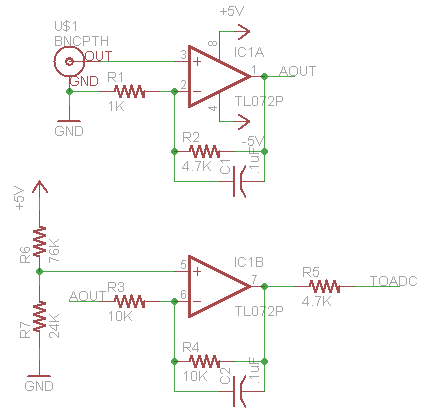djsfantasi
Member
Is your problem what sensor to use or how to provide 12vdc to your existing sensor shield? The Arduini Mega has a pin, Vin, which is the input voltage. Since you are powering the Mega with 12VDC, your shield will be able to use that voltage for your sensor. You just have to ensure that the inputs and outputs are 5v. Supporting circuitry may be needed for this.
Edit: I see you need 9v; easily derived from the 12v supply
Edit: I see you need 9v; easily derived from the 12v supply


